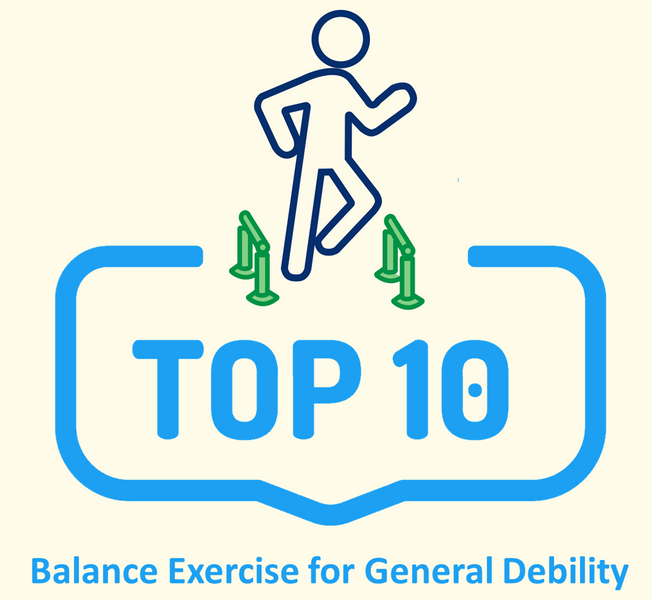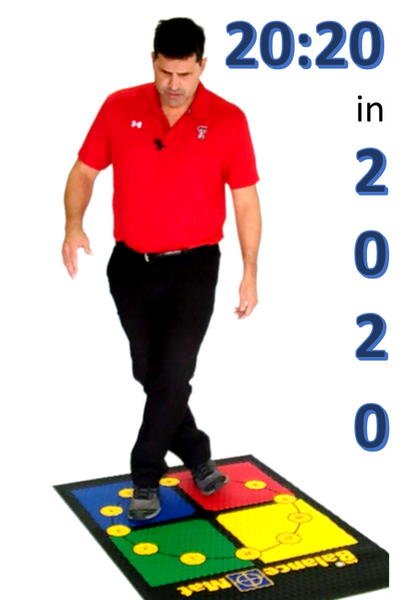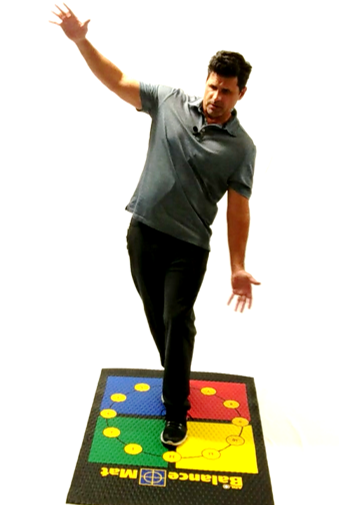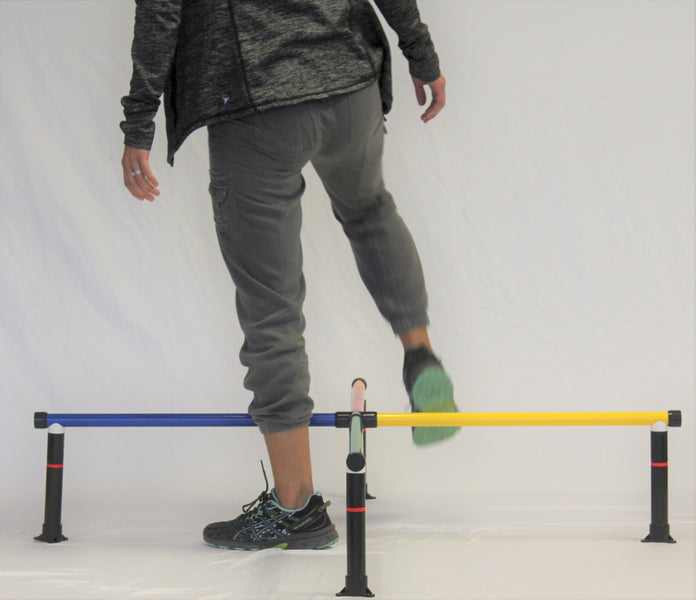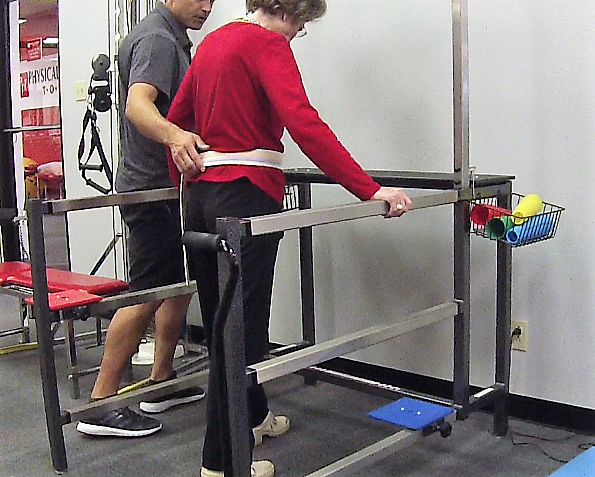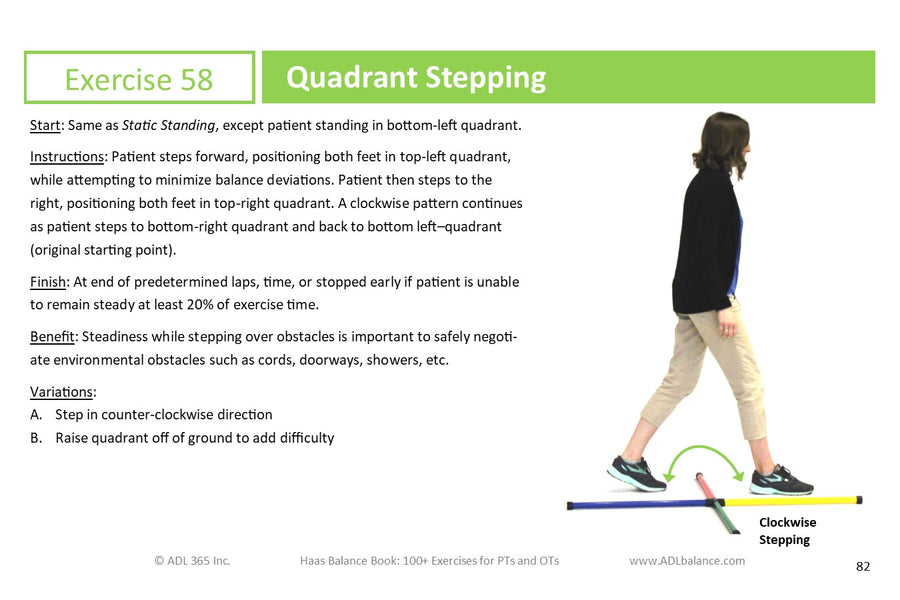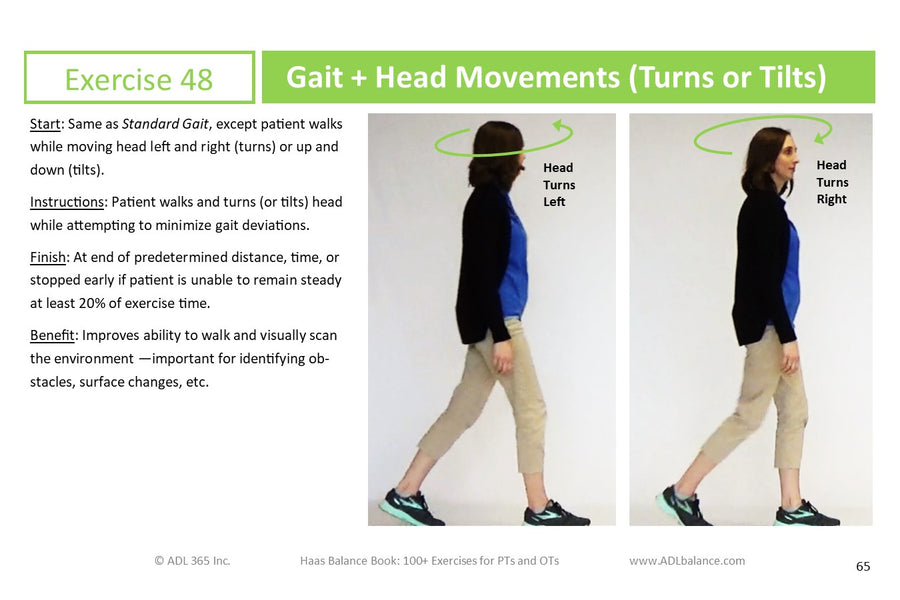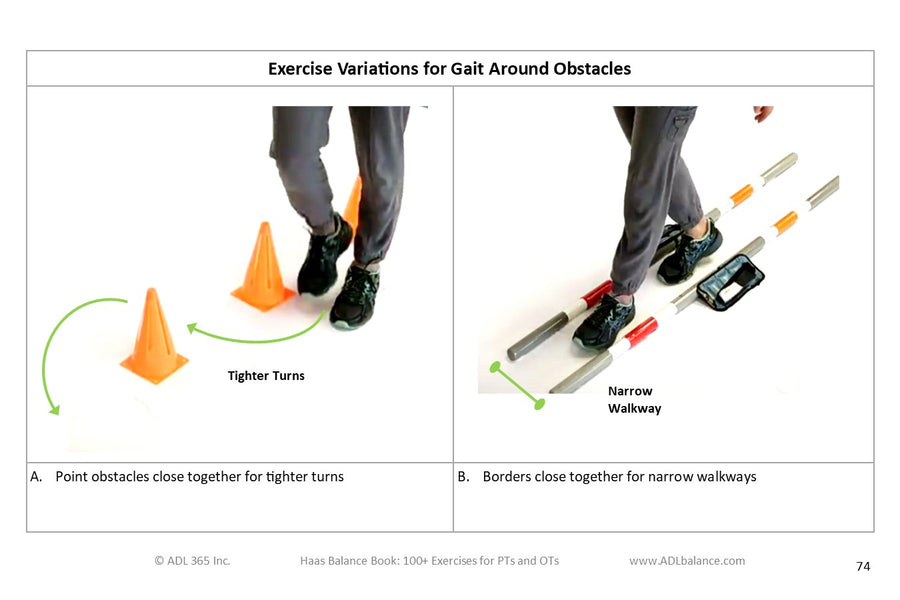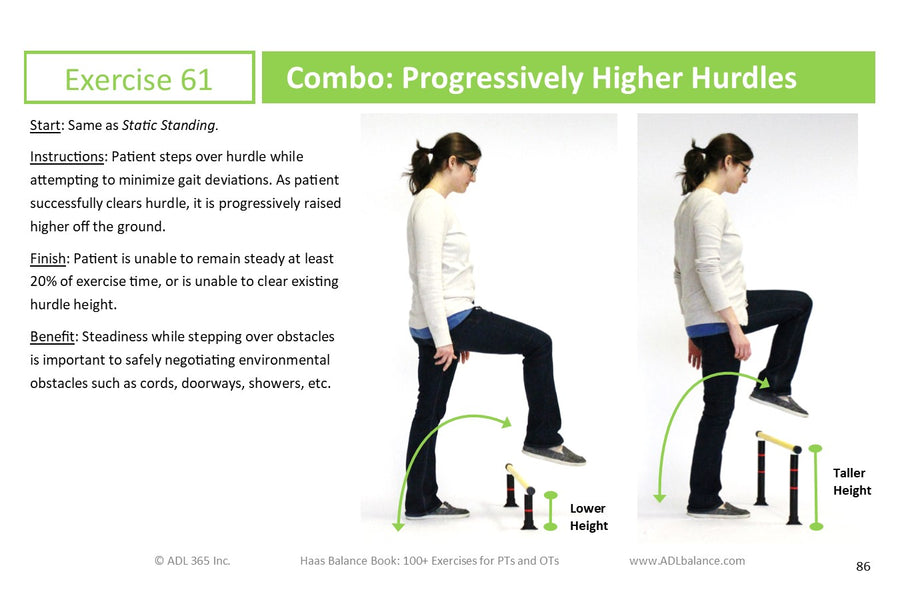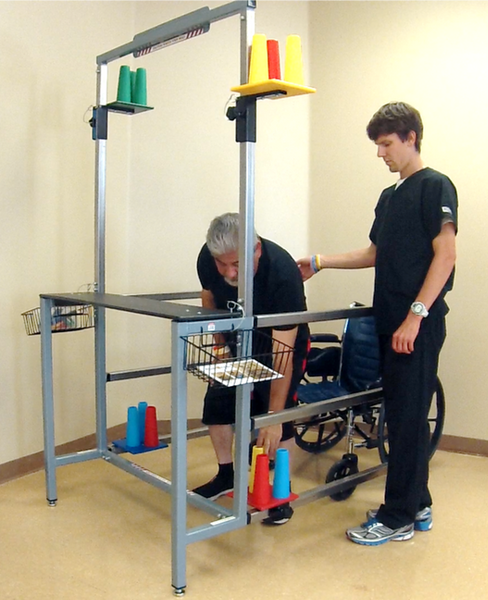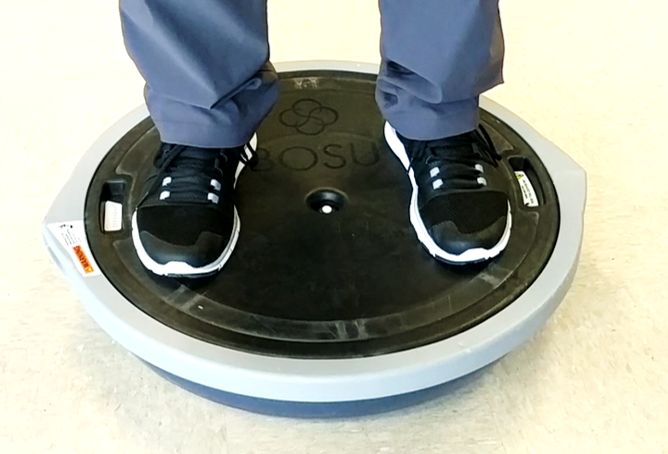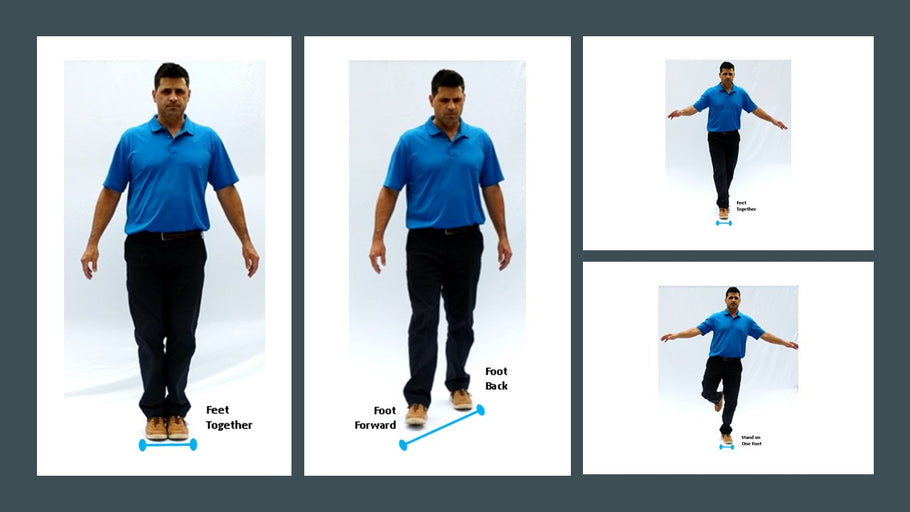ADL Balance Blog
New Year 2020 and Balance Intensity 20:20
I hope you are enjoying your start to 2020! This is the perfect year to highlight the balance training principle of 20:20. This post will help you ...
4 Questions for Quality Balance Training
Answer the following 4 questions to test how well your balance exercises measure up (total your "YES" answers and score at end of post):
Do...
Balance Boundaries: Proceed with Caution
Boundaries are defined limits or borders that indicate lines that should not be crossed. Venture beyond a boundary and negative consequences likely...
5 Balance Exercise Favorites Following Hip Replacement
Total hip replacement (THR) surgery entails removing damaged or worn out cartilage in the hip and replacing it with metal, plastic, and/or ceramic ...
Crosswalk #6: Four Square Step Test (4SST) and Haas Balance Book
The 4SST is a dynamic balance test that assesses a patient’s ability to step over small obstacles forward, backward, and to each side. The Haas Bal...
Crosswalk #5: Timed Up & Go (TUG) and Haas Balance Book
The Timed Up and Go (TUG) is a timed walking test that helps establish a patient’s risk for falling. The Haas Balance Book is a collection of over ...
Crosswalk #3: Tinetti Performance Assessment and Haas Balance Book
The Tinetti Performance Oriented Mobility Assessment Tool (Tinetti) is a standardized assessment tool for balance and gait that helps establish fal...
Crosswalk #2: Dynamic Gait Index and Haas Balance Book
The Dynamic Gait Index (DGI) is a standardized assessment tool for rating dynamic balance, gait, and fall risk. Based on results of the DGI, exerci...
3 Ways to Better Use Therapy Cones for Balance
If you use cones in therapy for reaching and/or balance exercises, check out the following 3 low and no cost ways listed below to help you get more...
Surface Matters for Static Balance
Surface is the composition of the ground on which the patient is balancing. Surfaces that are soft, unstable, sloped (hills), or uneven (thre...
Take a “Stance” on Balance
Stance is the position of the feet and legs in standing. Stance has a primary impact on balance, along with movement and surface. Stances that requ...
-
Previous
- Page 1 of 3
- Next

